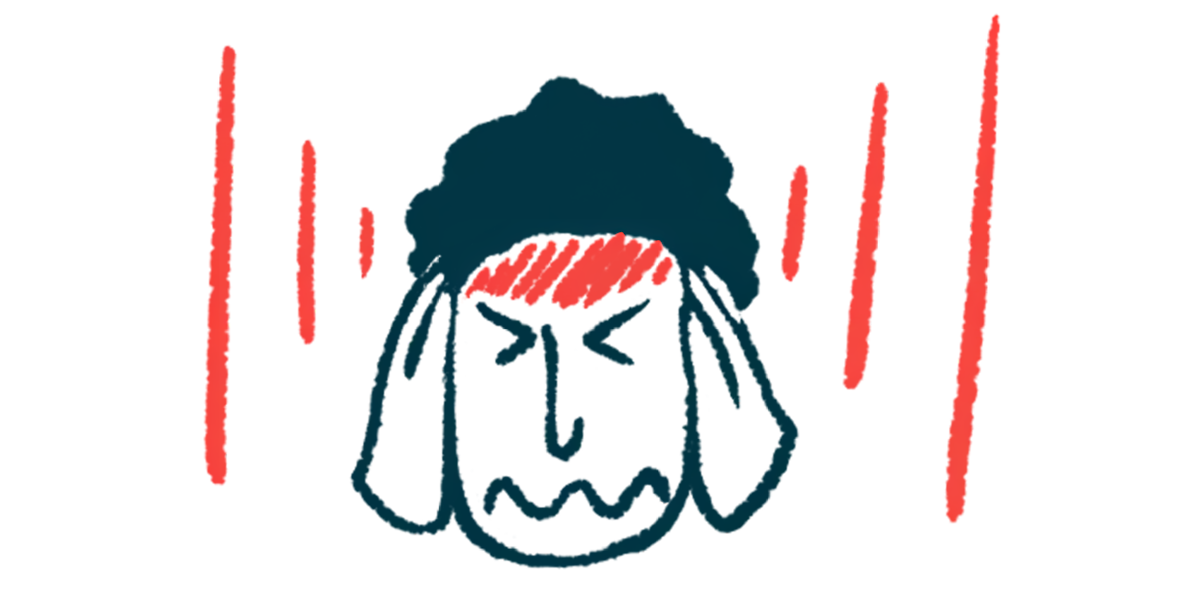Headaches more frequent, more severe in people with MS: Study
Patients more than twice as likely to suffer from headaches, including migraines
Written by |

People with multiple sclerosis (MS) are more than twice as likely to experience headaches, including migraines, than their healthy counterparts, a study from Greece found. Headaches were also longer and more intense for MS patients, and more likely to lead to the use of acute medication.
“These findings suggest that headaches in [people with MS] not only occur more frequently but also have a more severe impact on daily life,” researchers wrote, adding that the study produced evidence essential “for improving clinical understanding and management of headache disorders in MS.”
The study, “Migraine and tension-type headache in multiple sclerosis: A two-year, prospective, longitudinal, controlled study,” was published in Multiple Sclerosis and Related Disorders.
The link between MS and headaches has been extensively studied since the 1970s, and some recent studies have suggested that migraines may occur twice as often in people with MS compared with those in the general population. A migraine is a headache characterized by intense throbbing or pulsing pain, usually on one side of the head. It may occur with nausea, vomiting, and extreme sensitivity to light and sound. It can last hours or days and can interfere with daily activities.
Previous studies have examined the prevalence and characteristics of headaches in MS patients retrospectively, requiring patients to recall headache frequency and severity after the fact. For the latest study, the researchers asked participants to keep headache diaries to record their experiences.
Diaries show more headaches, more pain for MS patients
The study involved 96 people with MS and 96 age- and sex-matched healthy controls who were followed for about two years. During that time, participants were asked to complete headache diaries capturing headache frequency and duration, pain location and intensity, associated symptoms, and use of pain-relieving medications.
Results showed that significantly more people with MS than controls experienced headaches (60.4% vs. 41.7%). After adjusting for age and sex, headaches were found to be 2.3 times more likely to occur in patients than in controls.
Similar findings were observed for migraines, with occurred in 31.3% of people with MS and 16.7% of controls. This type of headache was also 2.3 times more likely in patients.
In line with having more frequent migraines, MS patients spent more time each month with a migraine (5.5 days vs. 2.9 days). They also had migraines that lasted longer (16.4 hours vs. 11.6 hours), and that led to significantly more intense pain. These patients used acute medication for a migraine for an average of 3.4 days per month, compared with 1.6 days per month for controls.
Although the prevalence of migraines with aura was higher in MS patients, the difference was not statistically significant. Aura refers to temporary sensory disturbances, such as changes in vision, sensation, or speech, that occur before or during a migraine.
Tension-type headache, a common form of headache that’s often described as feeling like a tight band around the head, occurred in a similar proportion of patients and controls (34.4% vs. 29.2%). However, patients also experienced headaches over more days per month (4.9 days vs. 3.4 days), had longer attack duration (8.6 hours vs. 4.2 hours), and slightly more intense attacks. They also used acute medications slightly more frequently than controls (2.5 days per month vs. 2.1 days per month).
Chronic tension-type headache was only reported in people with MS.
MS patients “experience more burdensome headache attacks in several key headache features,” including “longer attack duration, higher pain intensity and increased frequency of episodes,” the researchers wrote.
“Future studies should explore potential biological mechanisms and the role of the immune system in headache to further clarify the factors contributing to the increased prevalence of migraine in MS,” they concluded.






